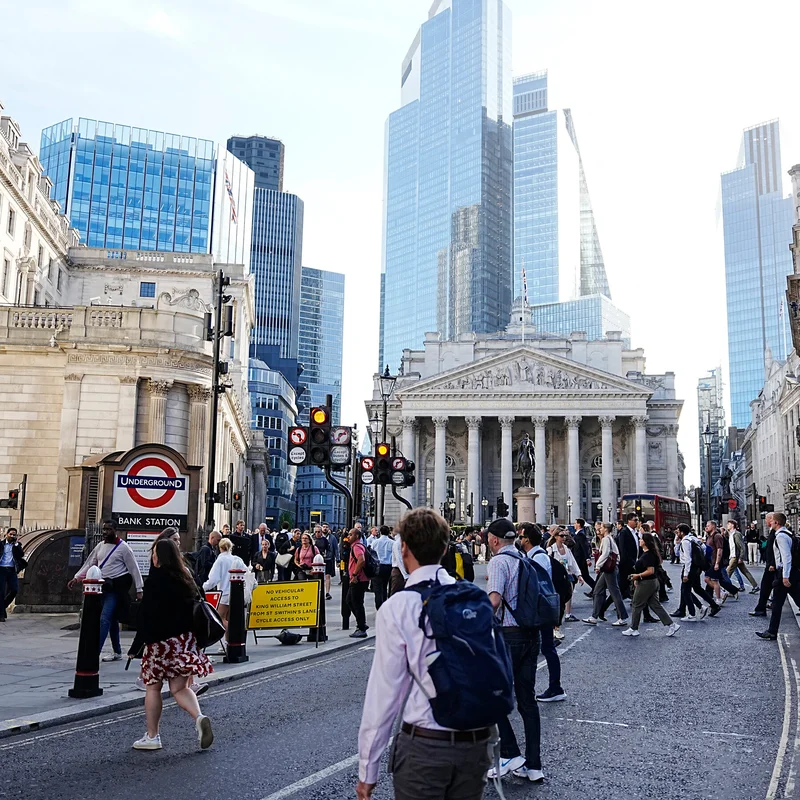The United Kingdom is launching a mandatory digital identification system called BritCard—a sweeping move Prime Minister Keir Starmer says will curb illegal immigration and modernize public services. But the plan has ignited fierce debate over civil liberties, data security, and government overreach, with critics warning it could turn Britain into a surveillance state.
What Is BritCard—and Who Must Use It?
Announced on September 26, 2025, BritCard is a smartphone-based digital ID that will store a person’s name, photo, date of birth, and immigration status. Crucially, it will be mandatory for all workers in the U.K.—citizens and foreign nationals alike.
“You will not be able to work in the United Kingdom if you do not have digital ID. It’s as simple as that.”
— Prime Minister Keir Starmer [[NYT]]
The government claims BritCard will:
- Prevent undocumented migrants from accessing jobs
- Reduce identity fraud and document forgery
- Streamline access to welfare, childcare, and NHS services
- Use military-grade encryption to protect user data
How BritCard Will Work: A Step-by-Step Flow
While technical details are still being finalized, the proposed user journey looks like this:
- Enrollment: Citizens apply via a government app, uploading ID documents and biometrics.
- Verification: Identity is confirmed using AI and human review (similar to NHS login).
- Storage: Verified profile is stored in a secure cloud vault, accessible only via encrypted smartphone app.
- Authentication: Employers or agencies scan a QR code to verify work eligibility in real time.
- Revocation: Status updates automatically if visa expires or citizenship changes.
Privacy Concerns and Political Opposition
Despite government assurances, skepticism is widespread. A petition against BritCard surpassed 1 million signatures within 24 hours of the announcement [[NYT]]. Critics argue the system creates a single point of failure for personal data—and enables mass surveillance.
| Supporters Say | Opponents Warn |
|---|---|
| Reduces illegal labor market | Could exclude vulnerable populations (e.g., elderly, unhoused) |
| Modernizes outdated ID systems | Creates honeypot for hackers |
| Aligns with global trends (Estonia, Australia) | Risks normalizing constant identity checks |
Even within Starmer’s Labour Party, concerns are mounting. The Open Rights Group called BritCard a “slippery slope toward a society where we constantly have to prove who we are.”
Global Context: Where Else Uses Digital IDs?
The U.K. isn’t alone—but its mandatory approach is rare among democracies:
Estonia
Voluntary e-ID since 2002; used for voting, banking
Australia
Digital ID optional; linked to Medicare
China
Mandatory digital ID + internet tracking
Unlike China’s surveillance-heavy model, the U.K. insists BritCard will be “privacy-by-design”—but cybersecurity experts remain cautious.
What This Means for North American Readers
While the U.S. and Canada have no federal digital ID plans, the U.K.’s experiment could influence future policy debates. Already, states like California and New York are piloting mobile driver’s licenses. BritCard may become a cautionary tale—or a blueprint.
For deeper analysis on digital identity trends, see our feature on [INTERNAL_LINK:digital-id-global-trends].
For official U.K. policy documents, visit the U.K. Government Publications Portal.




